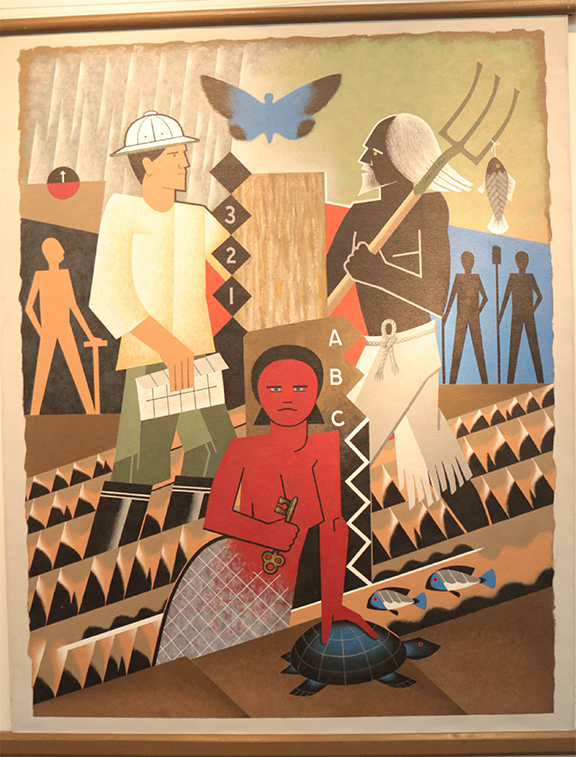 It is not unusual on anniversaries to reflect on what is and what has gone before, and the independence commemoration is no different. There is much to mull over regarding what obtained pre-independence and post-independence, including evaluating development or lack thereof since the attainment of nationhood. However, actually doing it is not quite as easy if one is contemplating the arts. It is not so simple to draw a line and describe what happened before and after 1966. And this is the case when you want an analysis to achieve something less boring than common reflection.
It is not unusual on anniversaries to reflect on what is and what has gone before, and the independence commemoration is no different. There is much to mull over regarding what obtained pre-independence and post-independence, including evaluating development or lack thereof since the attainment of nationhood. However, actually doing it is not quite as easy if one is contemplating the arts. It is not so simple to draw a line and describe what happened before and after 1966. And this is the case when you want an analysis to achieve something less boring than common reflection.
There have, therefore, been more than one attempt to analyse pre-independence and post-independence Guyanese literature, without getting close to exhausting the subject. Literature does not work in that way. Nothing ceased on May 25 and was followed by something new on May 26, 1966. Colonial literature did not calmly step aside with grace at the lowering of the Union Jack at midnight to make way for the dawn of a new brand rising with the fluttering Golden Arrowhead. The colonial quality persisted in many ways for quite a few years, while nationalism and the dawn of a national identity were on the rise, surprisingly, some two decades earlier. Literature does not conveniently accommodate history by changing shape according to a dateline, or at the dictate of months, days, hours, which, according to John Donne, “are the rags of time”.

